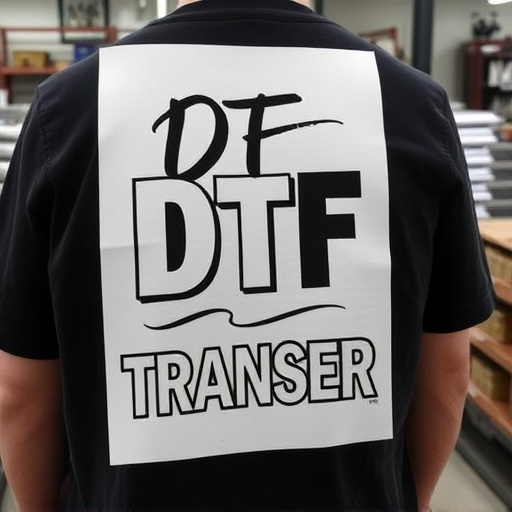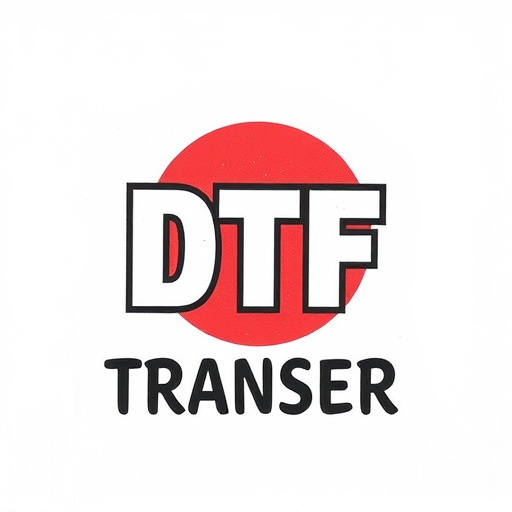Cold air intakes (CAIs) and turbochargers work synergistically through cold air intake turbo compatibility boost to enhance vehicle performance by increasing oxygen availability for combustion. For optimal results, CAI design directs cold air directly into the turbo inlet, while the turbo efficiently handles higher airflow without causing excessive backpressure. In today's digital era, data-driven strategies and integrated boost techniques optimize system performance. Upgrading to high-flow CAIs and selecting compatible turbochargers based on boost targets and vehicle weight, coupled with precise tuning, maximize efficiency and power output while preserving engine health.
Looking to supercharge your vehicle’s performance? Discover how enhancing boost response data can transform your driving experience. This article explores crucial aspects of cold air intake and turbo compatibility, delving into data-driven approaches for improved boost performance. Learn strategies to optimize your engine’s efficiency, ensuring a seamless blend of powerful responses and sustained speed. Whether you’re a professional or enthusiast, these insights will empower you to unlock your vehicle’s full potential.
- Understanding Cold Air Intake and Turbo Compatibility
- Enhancing Response Time with Data-Driven Approaches
- Optimizing Boost Performance for Maximum Efficiency
Understanding Cold Air Intake and Turbo Compatibility

Cold air intake (CAI) and turbochargers are often considered key components in boosting vehicle performance, especially when combined for optimal cold air intake turbo compatibility. The concept is straightforward: by drawing in cooler, denser air from outside the engine bay, a cold air intake can increase the amount of oxygen available for combustion. This boost in airflow complements the forced induction provided by a turbocharger, leading to enhanced engine power and torque.
Ensuring cold air intake turbo compatibility involves careful consideration of both components’ design and installation. A well-designed CAI should direct cold, dense air directly into the turbo’s inlet, maximizing efficiency. Meanwhile, the turbocharger should be capable of handling the increased airflow from the CAI without compromising performance or creating excessive backpressure, which could negatively impact engine intake.
Enhancing Response Time with Data-Driven Approaches

In today’s digital era, enhancing response time through data-driven approaches is crucial for any system or application to stay competitive. By leveraging cold air intake turbo compatibility boost techniques, developers can significantly optimize performance. This involves analyzing vast datasets to identify patterns and bottlenecks in user interactions, allowing for targeted improvements. With these insights, developers can prioritize features that offer the most value, ensuring a seamless user experience.
One effective strategy is to use data analytics to track response times under various conditions. For instance, identifying slow-performing components or pages through A/B testing enables engineers to make informed decisions. By implementing changes based on this data, such as optimizing code for faster processing or integrating better hardware like turbos for improved data retrieval, the overall system can deliver quicker responses.
Optimizing Boost Performance for Maximum Efficiency

Optimizing Boost performance is key to achieving maximum efficiency, especially when considering cold air intake and turbo compatibility. Upgrading to a high-flow cold air intake system can significantly enhance the engine’s ability to draw in more cool, dense air, which is crucial for boosting. This simple modification ensures that your turbocharged engine receives the optimal fuel-air mixture, resulting in increased power output and improved efficiency.
Additionally, ensuring turbo compatibility is vital. Selecting a turbocharger designed for your specific boost target and vehicle weight will provide the best balance between performance and reliability. Proper tuning strategies, including mapping the engine’s air-fuel ratio and timing, further optimize boost response. These adjustments allow the engine to efficiently burn fuel at higher pressures, maximizing power while maintaining engine health.
Boost response enhancement is a fine art, and by understanding the synergy between cold air intakes and turbo compatibilities, you can unlock optimal performance. Data-driven approaches empower enthusiasts to refine their vehicles for maximum efficiency, ensuring every engine modification contributes to a responsive and powerful driving experience. So, whether you’re tweaking for speed or fuel economy, remember that the right combination of cold air intake and boost management is key to achieving remarkable results.














